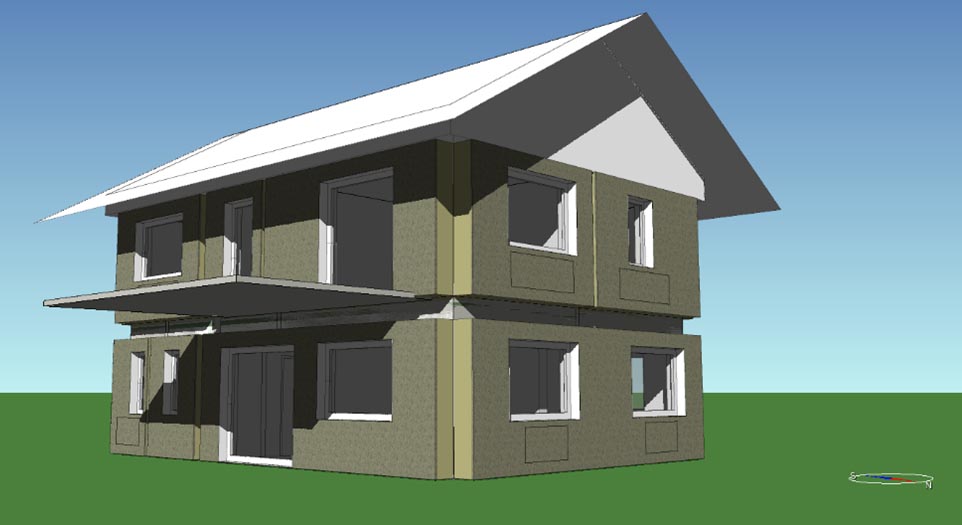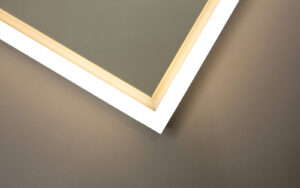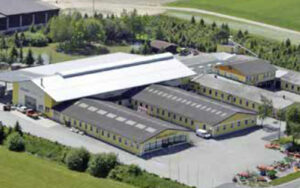GENIO economic efficiency study
Home - Economic feasibility study
Economic feasibility study
Profitability in black and white:
Heat4All infrared heaters are the most cost-effective form of heating on the market
The study structure
Heat4All infrared heaters are not only efficient, environmentally friendly and real design pieces, but also proven to be one of the most cost-effective forms of heating on the current market. In order to be able to prove this fact in black and white, we commissioned a simulation study from GENIO Bauphysik GmbH at the beginning of 2022 to examine how Heat4All infrared heaters compare with other common forms of heating in terms of cost-effectiveness in new buildings.

In a first step, a 3D model of the reference building was created on the computer and the energy demand of different energy systems was calculated:
- Heat4All infrared heating
- Heat4All infrared heating
+ Photovoltaic system (13 kWp) - Pellet boiler
- Air-to-water heat pump
- Brine-water heat pump (deep drilling)
The calculation was performed by means of a thermal building simulation. All important energy flows in the building over an entire year were mapped: Heat losses through the exterior building components, heat gains through solar radiation, heat storage in solid building components such as concrete ceilings and brick walls, and air flows through open windows or leaks in the building. Special attention was paid to the different heating systems, which were dynamically calculated from the heat source (e.g. deep probe) to the heat dissipation in the room (radiator, floor heating).

Subsequently, a profitability calculation of the variants was carried out. In order to obtain the most comprehensive comparison possible, all costs incurred during the period under consideration (20 years) were taken into account in the calculation:
- Investment costs for all system components: e.g. for boilers, flue, photovoltaics, heating control, pumps, piping and radiators. The fact that the individual components have different useful lives was also taken into account. While electronic components often have to be replaced after just a few years, structural systems such as a boiler room can be used for decades. In the case of the photovoltaic system, the possibility of receiving a subsidy was also taken into account.
- Energy costs, i.e. both the electricity costs for the infrared heating or the heating heat pump and the costs for wood pellets. In addition, the costs for auxiliary energies were also taken into account, which are, for example, the electricity costs for the operation of the heating circulation pumps. The photovoltaic system took into account that some of the electricity produced can be used in the house (which means that less electricity has to be purchased) and the excess electricity is fed into the grid and sold.
- Operating expenses such as costs for chimney sweeping or maintenance costs.
The result
The result shows that the two variants with infrared heating are by far more economical than the alternatives considered. The high investment costs of the systems with central heating cannot be compensated by corresponding savings over the period under consideration. The combination of infrared heating and photovoltaics performs particularly well in economic terms. Despite the additional costs for photovoltaics, the overall acquisition costs are far lower than for systems with central heating. The yields from the photovoltaic system can also generate annual profits.


In summary, the study thus confirmed that the purchase of an infrared heating system in new buildings – especially in combination with a photovoltaic system – is by far the most economical form of heating among the options compared. And this fact could also be confirmed for old buildings.
The complete study by GENIO Bauphysik with further details and additional explanations on the economic efficiency of Heat4All infrared heaters can be found in our download area:


